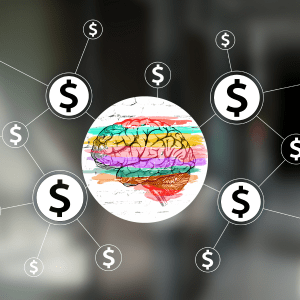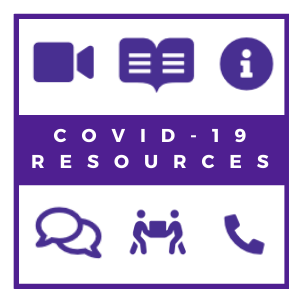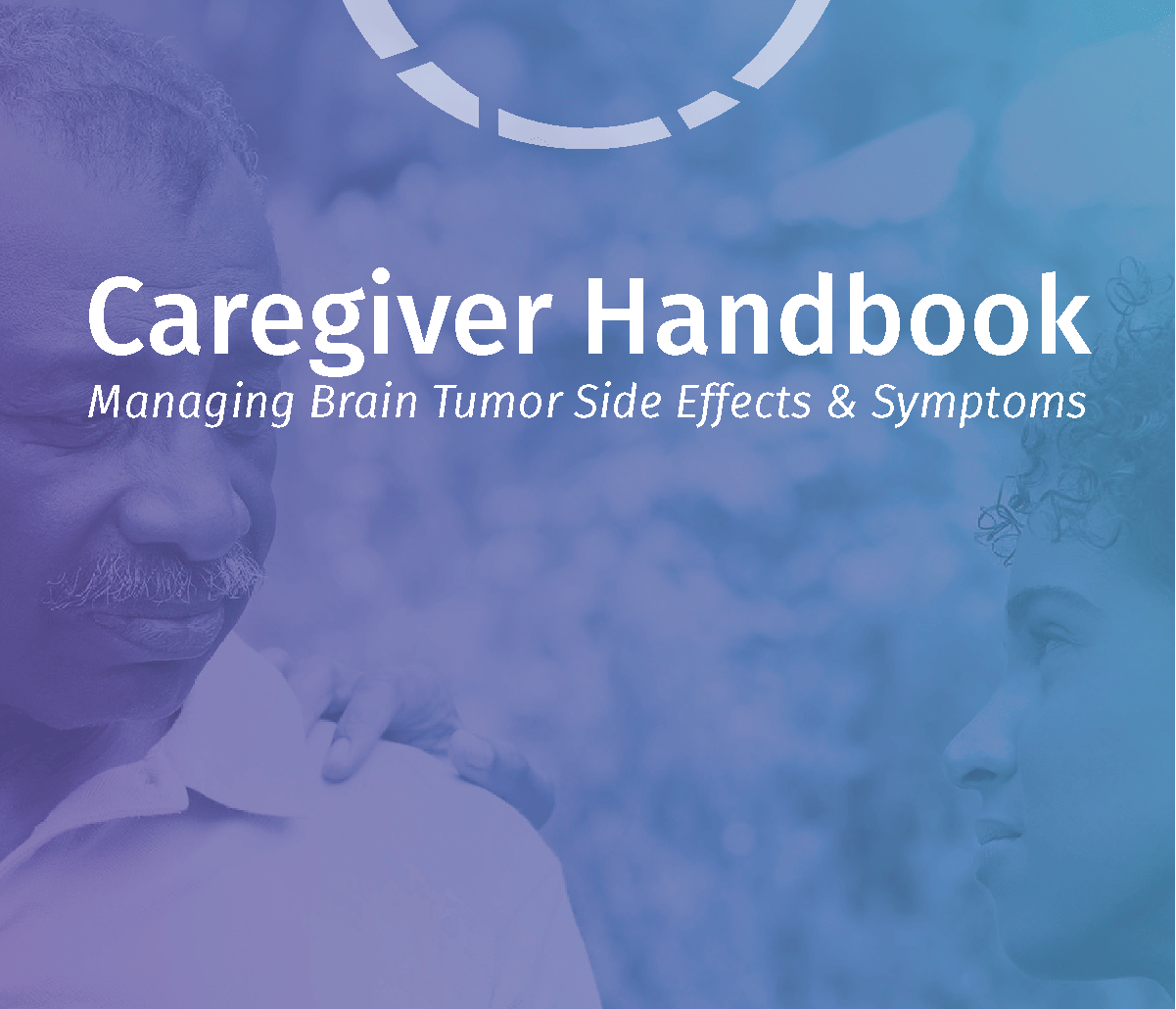by Tia Mazzone
In October 2022, Brad’s life took a drastic turn when he started experiencing intense headaches. Initially, these symptoms were attributed to a sinus infection. His wife, Tia, encouraged him to visit the doctor, where he was prescribed steroids and antibiotics. The treatment seemed to help initially, but the headaches soon returned—this time, accompanied by confusion. Brad’s journey had only begun, leading to a diagnosis that would challenge both him and his family in unimaginable ways.
Early Symptoms and a Shocking Diagnosis
One day, after struggling to remember where he parked his truck, Brad’s disorientation became apparent. Tia drove to find him wandering and searching, unable to locate his vehicle. Concerned, they returned to the doctor, who recommended further testing. What was initially suspected to be migraines soon revealed something far more serious. After Tia urged additional testing, a CT scan exposed a mass in Brad’s brain. Within 24 hours, a biopsy confirmed the diagnosis: Glioblastoma (GBM). The tumor was in an inoperable location, nestled atop his corpus callosum and measuring the size of a peach.
The devastating diagnosis was delivered just before Thanksgiving. Shortly afterward, Brad had his first seizure, further underscoring the challenges he and Tia would face. Despite the odds, they refused to give up hope, and Brad began preparing for a six-week treatment plan that included radiation and temozolomide, a standard chemotherapy for GBM.
Navigating Setbacks and Fighting for Care
Brad’s journey was anything but smooth. His immune system struggled under the stress of his diagnosis and treatments, and he developed rashes and other painful symptoms. When he couldn’t make it to his first few radiation appointments due to overwhelming pain, Tia knew they needed urgent help. Despite being told Brad had limited time, she advocated for him and requested Avastin, a drug known to reduce brain swelling. This was a turning point.
Miraculously, just four days after his Avastin infusion, Brad rallied. On Christmas morning, he was able to get out of bed, dress, and join his family in opening presents. It was a small but profound victory—a glimmer of hope amid a dark journey.
Resilience Through New Treatments
With renewed resolve, Brad sought a second opinion and switched neuro-oncologists in January. Although he continued to face health setbacks—including a severe rash and impaired hearing—he remained determined to experience moments of joy. With family and friends, Brad even managed a ski trip, embracing the chance to feel normal again. This courage to face each day, no matter how challenging, was a testament to his resilience.
Tia and Brad continued to press forward with Avastin treatments every two weeks, while radiation and chemotherapy followed. They had hoped his symptoms were primarily caused by edema, though they knew it could also be the result of the tumor spreading. By late January, Brad was in the middle of treatment and showed incredible strength in handling the side effects. However, within weeks, his behavior became increasingly erratic, leading to an emergency hospitalization in February.
Setbacks and Seizures: The Turning Point
During his hospital stay, doctors discovered Brad was experiencing a series of focal seizures, sometimes as many as 24 in 12 hours. He was treated with a mix of IV seizure medications, and his symptoms slowly stabilized. After 12 days in the hospital, Brad’s condition improved enough for him to be discharged, against recommendations for hospice care. Tia, understanding Brad’s desire to keep fighting, brought him home and continued his treatment.
Despite all he endured, Brad stayed resilient, completing his standard of care with minimal additional side effects. Now, nearly 10 months after his diagnosis, he approaches each day with a determination to remain optimistic, bolstered by the unwavering support of his wife, family, and friends.
Finding Strength in the Battle Against Glioblastoma
Brad’s story is a powerful reminder of resilience in the face of unimaginable challenges. Through sheer determination, steadfast love, and relentless advocacy, Brad and Tia have navigated an intense journey marked by setbacks and victories alike. Their hope, strength, and willingness to fight serve as an inspiration to others facing similar battles.
For caregivers, patients, and families impacted by GBM, Brad’s story reminds us that hope, no matter how small, can make a world of difference. Let this story inspire your fight, and know that you are not alone.




















